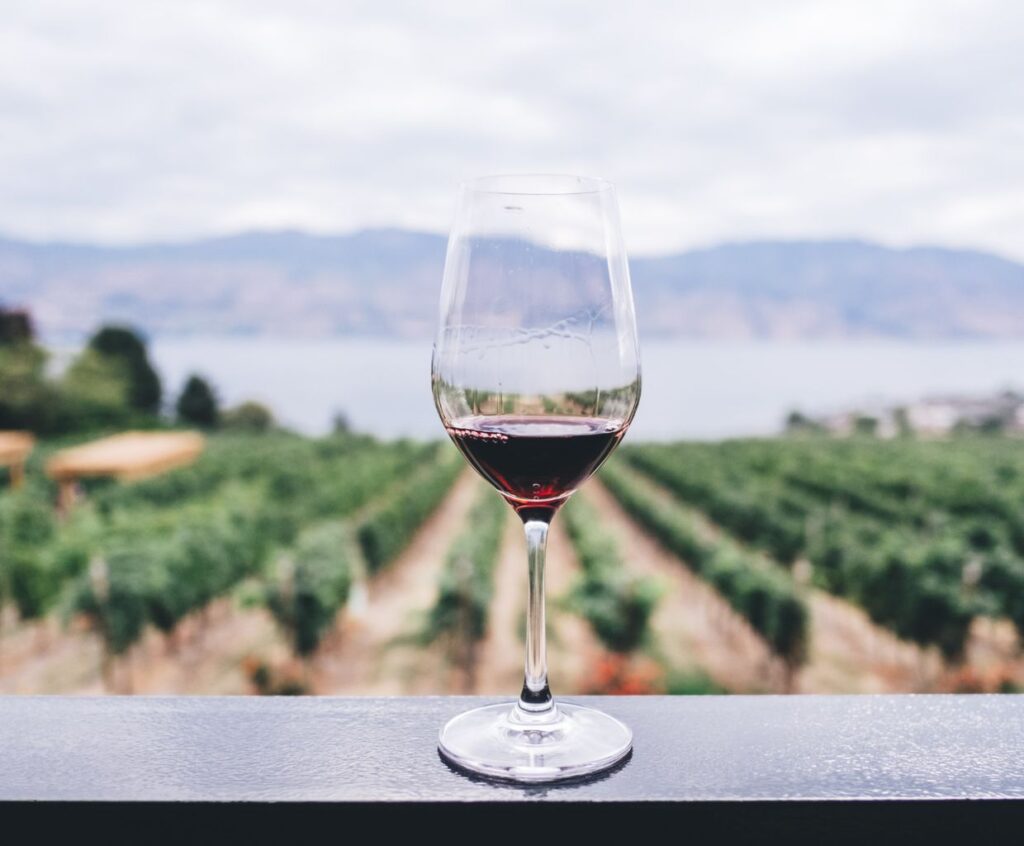Ancient Winemaking Techniques: Unraveling the History of Wine Production in Antiquity
Wine has been an integral part of human civilization for centuries, dating back to ancient times. The production of wine has evolved over the years, but the techniques used in antiquity laid the foundation for the winemaking practices we know today.
Exploring the history of wine production in ancient times not only provides us with a glimpse into the past but also highlights the ingenuity and craftsmanship of our ancestors.
The Origins of Winemaking
The origins of winemaking are shrouded in mystery, but it is believed to have originated in the ancient Near East, around 6000 BCE. The discovery of ancient grape seeds and remnants of winemaking equipment in archaeological sites across the region provides evidence of early winemaking activities.
Ancient Winemaking Techniques
Ancient winemaking techniques varied across different regions but shared some common elements. One of the most crucial steps in the winemaking process was the cultivation of grapes. Ancient winemakers carefully selected the grape varieties and cultivated them in vineyards, ensuring optimal growing conditions.
Once the grapes were ripe, they were harvested and crushed to extract the juice. In antiquity, this was often done by foot-stomping, where workers would tread on the grapes to release the juice. The juice and grape skins would then be transferred to large clay vessels known as amphorae for fermentation.
Fermentation was a natural process facilitated by the wild yeasts in the grape skins. The amphorae were often buried underground or stored in cool, dark cellars to maintain a consistent temperature during fermentation. This slow fermentation allowed the wine to develop its unique flavors and aromas over time.
The Significance of Wine in Antiquity
In ancient times, wine held significant cultural and religious significance. It was a popular beverage and played a crucial role in various social and religious rituals. Wine was often associated with gods and goddesses, and its consumption was seen as a way to connect with the divine.
Furthermore, wine was an essential part of feasts and celebrations. It was believed to have medicinal properties and was used as an offering to honor the gods. The craftsmanship and artistry of winemaking were highly valued, and winemakers were held in high regard in ancient societies.
Unraveling the Past
Studying ancient winemaking techniques allows us better to understand our history and the cultural significance of wine. It is a testament to human ingenuity and the timeless pursuit of creating something extraordinary. So, the next time you raise a glass of wine, take a moment to appreciate the rich history behind its creation.
Can PAA analysis determine the types of grapes used in ancient winemaking, shedding light on the varieties available during that time?
Paleoethnobotanical Analysis (PAA) can help determine the types of grapes used in ancient winemaking and shed light on the varieties available during that time. PAA involves studying plant remains found at archaeological sites, such as seeds, pollen, and other botanical materials. By analyzing these plant remains, researchers can identify and classify the types of plants and crops cultivated and consumed in the past.
In the case of ancient winemaking, PAA can be used to identify grape seeds and other grape-related remains. By comparing these remains to known modern grape varieties, researchers can determine the grapes used in ancient winemaking. This analysis can provide valuable insights into the varieties of grapes available during that time and the types of wines produced.
PAA can also provide information about ancient winemaking’s cultivation and processing techniques. For example, the presence of grape seeds in different stages of development can indicate whether the grapes were harvested ripe or unripe, providing clues about the desired characteristics of the wine. Additionally, grape skins stems, and other grape-related materials can reveal details about the winemaking process, such as whether the grapes were fermented with or without skins.
By combining PAA with other archaeological and historical evidence, researchers can comprehensively understand ancient winemaking practices and the grape varieties utilized. This knowledge can help reconstruct ancient agricultural systems, trade networks, and cultural practices related to wine production and consumption.
How does PAA help researchers unravel the history of wine production in ancient times?
PAA, or Polycyclic Aromatic Analysis, is a scientific technique used to analyze residues in ancient pottery and other artifacts. This analysis can help researchers unravel the history of wine production in ancient times in several ways:
1. Identification of wine residues: PAA can detect specific compounds indicative of wine residues, such as tartaric acid and other organic acids. By identifying these residues, researchers can confirm the presence of wine in ancient vessels.
2. Differentiating wine from other beverages: PAA can distinguish between different types of ancient beverages, such as wine, beer, or mead. This differentiation is based on the unique chemical composition of each type of beverage, allowing researchers to identify wine production specifically.
3. Tracing the origins of wine production: PAA can provide insights into the origins and spread of wine production in ancient times. Researchers can track the development and diffusion of winemaking techniques and practices by analyzing pottery from different regions and time periods.
4. Understanding ancient winemaking techniques: PAA can reveal information about the techniques employed in ancient times. By analyzing the presence or absence of certain compounds, researchers can infer aspects of the winemaking process, such as additives or fermentation practices.
5. Studying trade and cultural exchange: PAA can help researchers understand the trade routes and cultural exchanges related to wine production in ancient times. By comparing the chemical composition of wine residues from different regions, researchers can identify patterns of trade and exchange, as well as cultural interactions.
Overall, PAA is a valuable tool for researchers studying the history of wine production in ancient times, providing insights into the origins, techniques, and cultural significance of this ancient beverage.




